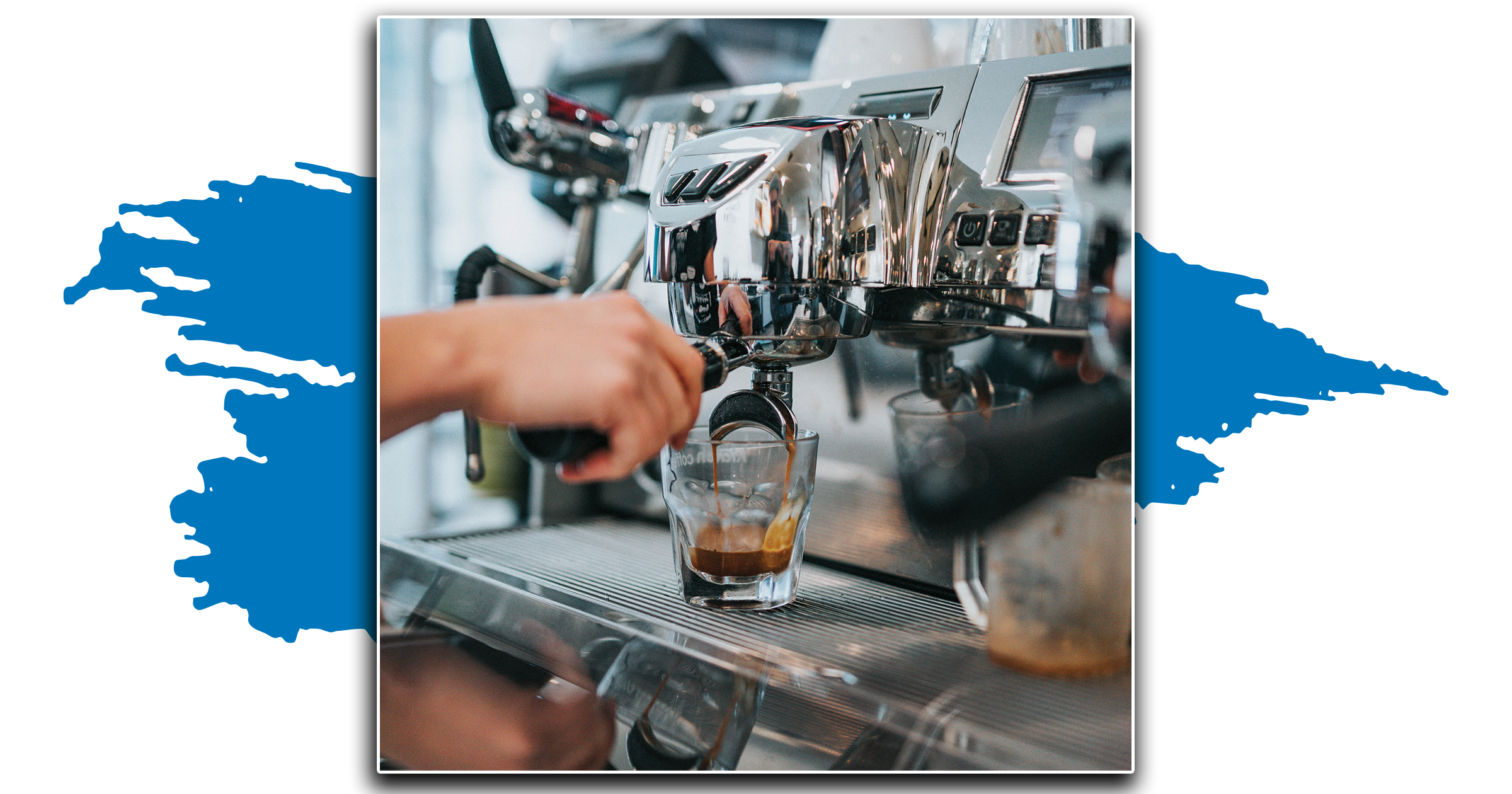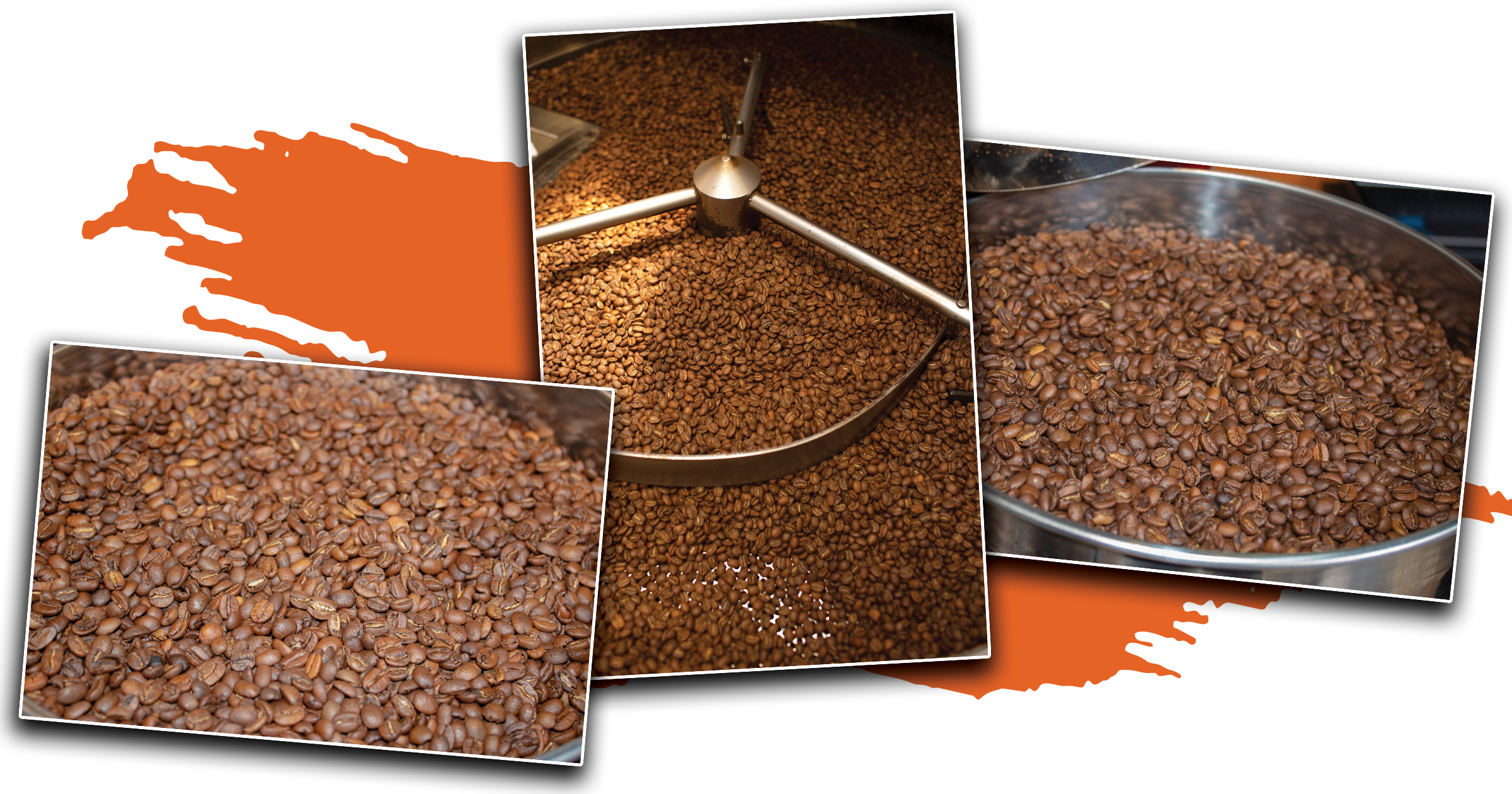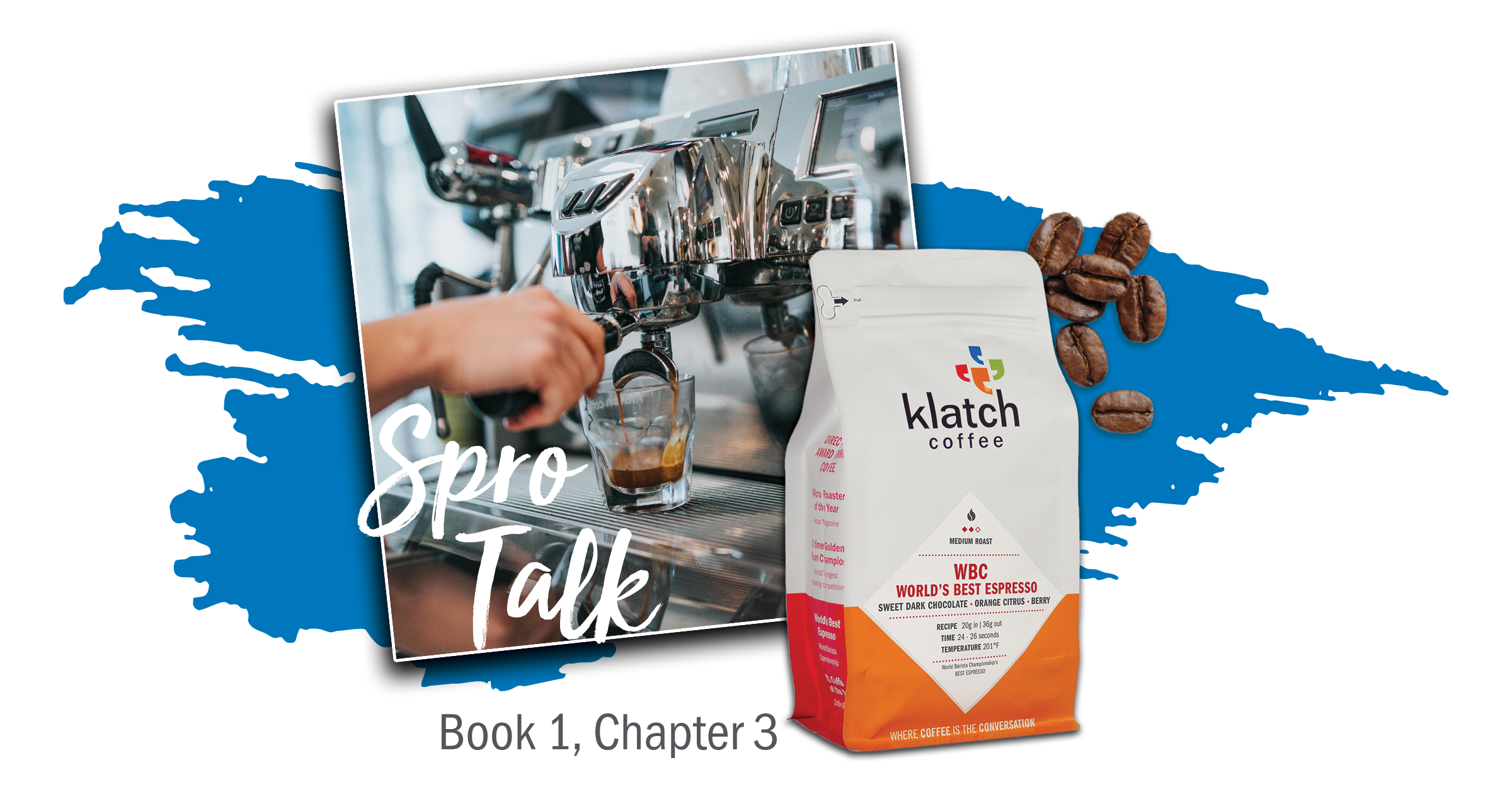What’s Love Got To Do With It?!
Hello again friends: close and far, wherever you are.
With this edition, we draw towards the close of book 1, but not without establishing some base understanding of “You Do You” with your at home brew.
Recap:
We’ve selected a ‘spro, assembled the avengers (brewing equipment), and are ready to get funky: “Clap, clap, clap, clap your hands”.
Some terminology:
Three things you’ll hear a lot in the world of espresso (or at least that you should hear in a skilled world):
In, Out, Time.
1. In:
Dry weight of your ground espresso
2. Out:
Wet Weight of your liquid espresso
3. Time:
Length of time you extracted the shot

50% Extraction: In vs. Out
To start this process, we are going to recommend the common industry practice of 50% extraction. That 50% number represents the amount of dry coffee you have in comparison to your wet liquid when your extraction is complete.
To determine my target out weight, I do a little math. For at home brewers like Breville, I’d recommend 15-18g in, which would result in 30-36 grams out for my espresso shot.
Your equation for a 50% extraction is therefore:
In weight - multiplied by 2 - equals - out weight.
Example:
17 grams - multiplied by 2 - equals - 34 (only a recommendation, feel free to experiment)
Time of Extraction
Now that we’ve gotten our 1) in and 2) out, let’s progress to the 3) time of extraction. This part can be a little tricky. Every spro is different, so knowing yours is going to be the key to getting the best extraction.
When you first pull a shot, the beginning part of the shot is the acidity, the middle is the sweetness, and the end is the bitterness. When over-extracted, the end can show up as really dry or watered down (muted) in the textural experience.
So, at minimum, I’d say you need a 20 second extraction. At maximum, 32 seconds. That leaves a lot of room for both interpretation and play:

Extraction Time Depends on Flavor Notes and Roast Level
If you’re playing with an espresso that has more acidic flavor notes like citruses and red berries, then a longer extraction may be better to slow down the process and help the water pick up on some of the underlying sweeter and darker notes.
Conversely, if you have an espresso with darker, bitter-leaning notes like raw cacao, brown spices, florals and peels, then a shorter or mid-range espresso extraction may help to highlight the more subjugated acidity.
Sometimes you end up with an espresso that is low on acidity and bitterness, but has sweeter notes like dark berries, stone fruits, processed chocolates/sugars/caramels, and peeled nuts. These will be your mid range extraction espressos. You don't want to lose the inherent sweetness, but you need to create space for acidity and bitterness to show up for balance.

Recipes for Belle and WBC World’s Best Espresso
For Klatch Belle Espresso beans, I may use a recipe like:
16 in, 32 out. 24-26 seconds
For a brighter, more naturally acidic espresso like Klatch WBC, I may use:
16 in, 32 out. 27-29 seconds
Note: Finer grind = slower extraction. Coarser grind = faster extraction. Think Sand vs Wood Chips.
What’s your recipe?!
Let us know how you’re brewing Klatch Espresso at @klatchcoffee for a chance to be featured on our IG, Twitter, or FB channels!
Never Run Out of Coffee with our Espresso Coffee Subscription
If you’re upping your home brewing skills and learning how to make espresso at home, there’s no better time to sign-up for a curated espresso coffee subscription from Barista Champion and Klatch Coffee CEO Heather Perry.
Up Next: Take on Me
And now, we finish this book with a closing chapter of “Take on Me” wrapping up the full experience of getting to the “God Shot”. See you soon readers.

